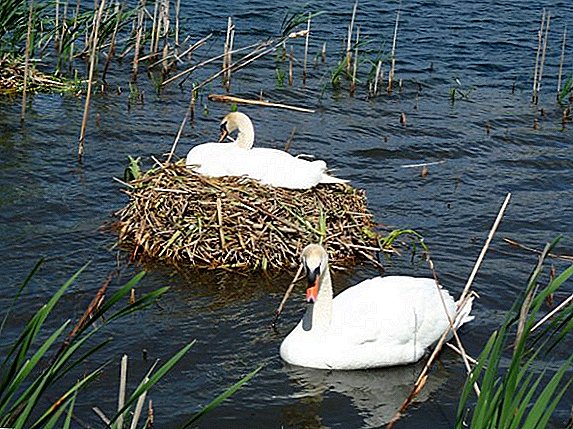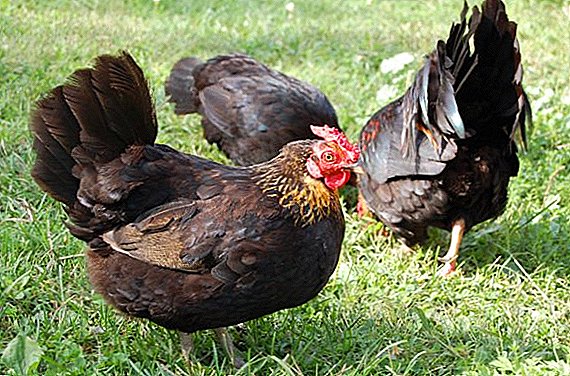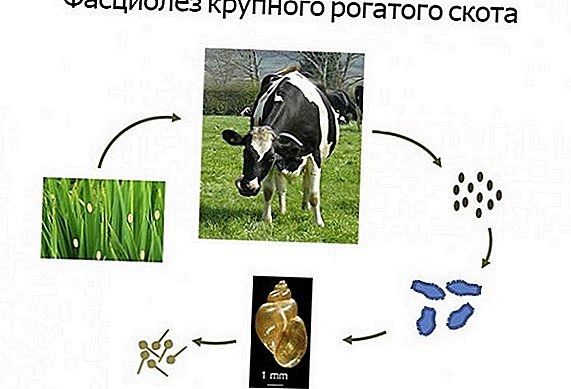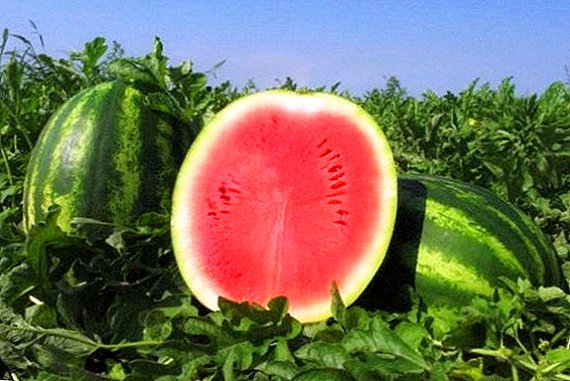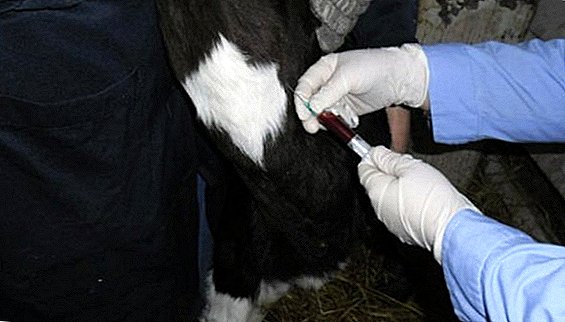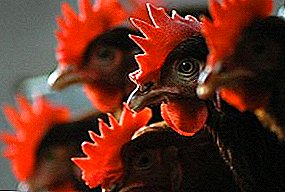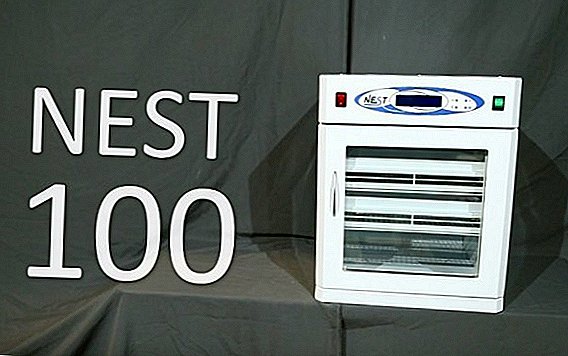 "Nest" is a modern producer who manufactures innovative products for professional and amateur poultry farming. One of the most popular products is the Nest-100 incubator (the index indicates the number of "chicken places" in the incubator). This device is perfect for professional poultry farms, and for home use.
"Nest" is a modern producer who manufactures innovative products for professional and amateur poultry farming. One of the most popular products is the Nest-100 incubator (the index indicates the number of "chicken places" in the incubator). This device is perfect for professional poultry farms, and for home use.
Description
The device looks like a refrigerator. The walls are made of thin leaves of paper, additionally insulated with a foamed plastic mass. The hundredth model of the company "Nest" is intended for the artificial withdrawal of chickens. A feature of this incubator is that the process of hatching of young chicken is fully automated and as efficient as possible.
For domestic use, AI-48, Ryabushka 70, TGB 140, Sovatutto 24, Sovatutto 108, Egger 264, Layer, Ideal Chicken, Cinderella, Titan, Blitz.
The company offers high-quality modern incubators made from the best materials and equipped with the latest technology. Long-term experiments and experience have allowed to bring to the international market exemplary Ukrainian equipment for artificial bird incubation.

Specifications
As mentioned earlier, the modern incubator looks very similar to a refrigerator, but the "Nest-100" has rather small dimensions and optimal for use, even at home, technical characteristics:
- weight - about 30 kg;
- length - 48 cm;
- width - 44 cm;
- height - 51 cm;
- power consumption - 120 watts;
- required voltage - 220 watts.
Important! A separate advantage is the presence in the device of an emergency heating system, as well as double protection against overheating of eggs.
Production characteristics
The described incubator is versatile, suitable for many types of poultry. In the hundredth model, according to the technical passport, you can put such a number of eggs:
- 100-110 chicken (depending on size);
- 35-40 goose;
- 70-80 duck;
- 70-78 turkey;
- up to 350 quail.

Incubator Functionality
The device works automatically at a given temperature (from + 30 ° С to + 40 ° С) and humidity (30-80%). "Nest-100" is equipped with one sufficiently powerful fan, which allows air to circulate well and maintain the required temperature. The kit also comes with 2 trays for raw materials.
Find out what makes the Nest 200 incubator different from this model.
Although the incubator works as autonomously as possible, it has a built-in American processor, which allows you to change some indicators, if necessary, such as:
- optimum temperature and humidity;
- the frequency of rotation of the trays;
- alert time;
- fan power;
- turning on and off protection against overheating eggs.
Also, this "Nest" is equipped with a small display that displays the specified characteristics (temperature, humidity, mode, time and angle of rotation of the trays, etc.).
Did you know? The protein in the fertilized egg serves as a cushion for the chick, and the yolk is the food source.
Advantages and disadvantages
Nest-100, like any technical device, has both advantages and disadvantages.

The main advantages of the incubator:
- the modern design, the "stuffing" of the device and the presence of the display;
- alarm presence;
- double overheating protection;
- small dimensions.
This device for artificial hatching of poultry has no particular disadvantages. The only point on which it is necessary to focus attention is the inexpediency of using exactly the hundredth model for professional production due to its small capacity. The Nest company makes more capacious devices for professional breeders of hens.
Get acquainted with the rules of incubation of chicken, duck, turkey, goose, quail, and indoutin eggs.
Instructions on the use of equipment
So, the incubator was purchased, and it was time to directly grow the bird from the egg. In order for the process to pass successfully and as efficiently as possible, it is necessary to follow some simple rules.

Preparing the incubator for work
Before using the technical apparatus for hatching eggs, it is necessary:
- Prepare fertilized eggs (laid a week ago).
- Completely flush the device from the inside and allow it to dry with the door open.
- Fill the water tanks, which, when heated, will create the necessary moisture.
- Pull out trays for filling.
- Adjust the device to the desired temperature, determine the turn time of the trays, set all the necessary parameters.
Learn how to choose the right incubator for the house, how to disinfect the incubator before laying eggs, what temperature should be in the incubator, how the ventilation of the incubator works.
Egg laying
Egg laying also has its own characteristics:
- Before touching chicken raw materials, you should wash your hands thoroughly with soap.
- Raw materials must be heated to room temperature.
- The testicles are neatly placed in trays at the same distance from each other, creating a dense egg "grid". If some kind of "future chicken" is smaller than the others and does not sit stably, the space should be capped with a suitable piece of cardboard.
- At the initial stage nozzle with high sides (comes with trays) is not needed. It is useful to prevent hatched chicks from falling out of pallets.

Incubation
The process of incubation in the "Nest-100" occurs automatically, and with the correct mode selected, the device will do everything correctly. It is necessary to monitor the temperature and other indicators, as well as, for greater convenience, to install an alarm system, which will alert you at the right time that a process has been completed.
Important! Raw material trays must be turned over twice a day. Water should be constantly added (at least once every two days).Only when incubating duck and goose chicks, the door must be opened daily and let the raw material cool for 20 minutes. When growing chickens such a procedure is not needed. After 6 days, you must wear a protective nozzle with high sides.
Hatching chicks
- After the chicks have successfully "emerged" from the shell, they need to stay in the apparatus for another day in order to get stronger. If the bird is immediately removed from the device, the temperature drop may lead to the extinction of the family.
- After getting the bird out of the car, it is necessary to keep it in a warm illuminated place, it should be fed with small combined feed.
- When the kids no longer bask with each other, you can turn off the lighting, the chicks almost became independent.

Device price
This technique, in view of its modernity and convenience, has firmly taken its place in the market, and therefore has a fairly high price. However, this pricing policy guarantees the buyer excellent quality of all products.
The manufacturer’s warranty period for the device is 2 years.
In Ukraine, "Nest-100" on average costs from 9 to 11 thousand hryvnia. By prepayment, the manufacturer is ready to send goods to Russia and other countries. The price for Russian breeders varies from 45 to 48 thousand rubles. In other European countries, not counting the delivery, the price will be from $ 420 to $ 440.
Incubators "Universal 45", "Universal 55", "Stimulus-1000", "Stimulus-4000", "Stimulus IP-16", "Remil 550TsD", "IFH 1000" are suitable for more chicks.
findings
Based on the technical characteristics, descriptions of the device, as well as based on the experience of both Ukrainian and Russian breeders, you can make an unequivocal conclusion: it is certainly worth buying the "Nest-100". He will be a great helper in the absence of a hen and the need for artificial rearing of chicks.
The device is equipped with an excellent processor and is convenient enough for use at home. But, buying this particular model for mass production of chicks is not worth it.

For these purposes, better fit other models of the same manufacturer. In some forums, along with this device, such qualitative analogs are considered, such as: "B-1 Bird" and "B-2"; "R-COM"; "INCA".
Did you know? There are some breeds of birds that do not hatch their eggs on their own, but make a kind of natural incubator. For example, weed chickens lay their future offspring in found sand pits (about a meter deep), then leave this place. The resulting chicks independently climb up the sand and begin to live independently.
Some breeders, both amateurs and professionals, are often in need of buying an “artificial grower” of poultry. The “Nest” device is perfect for this task, because it not only has a nice interface, but is also equipped with the highest quality equipment.
Video review of the incubator "Nest-100"
Incubator Reviews




